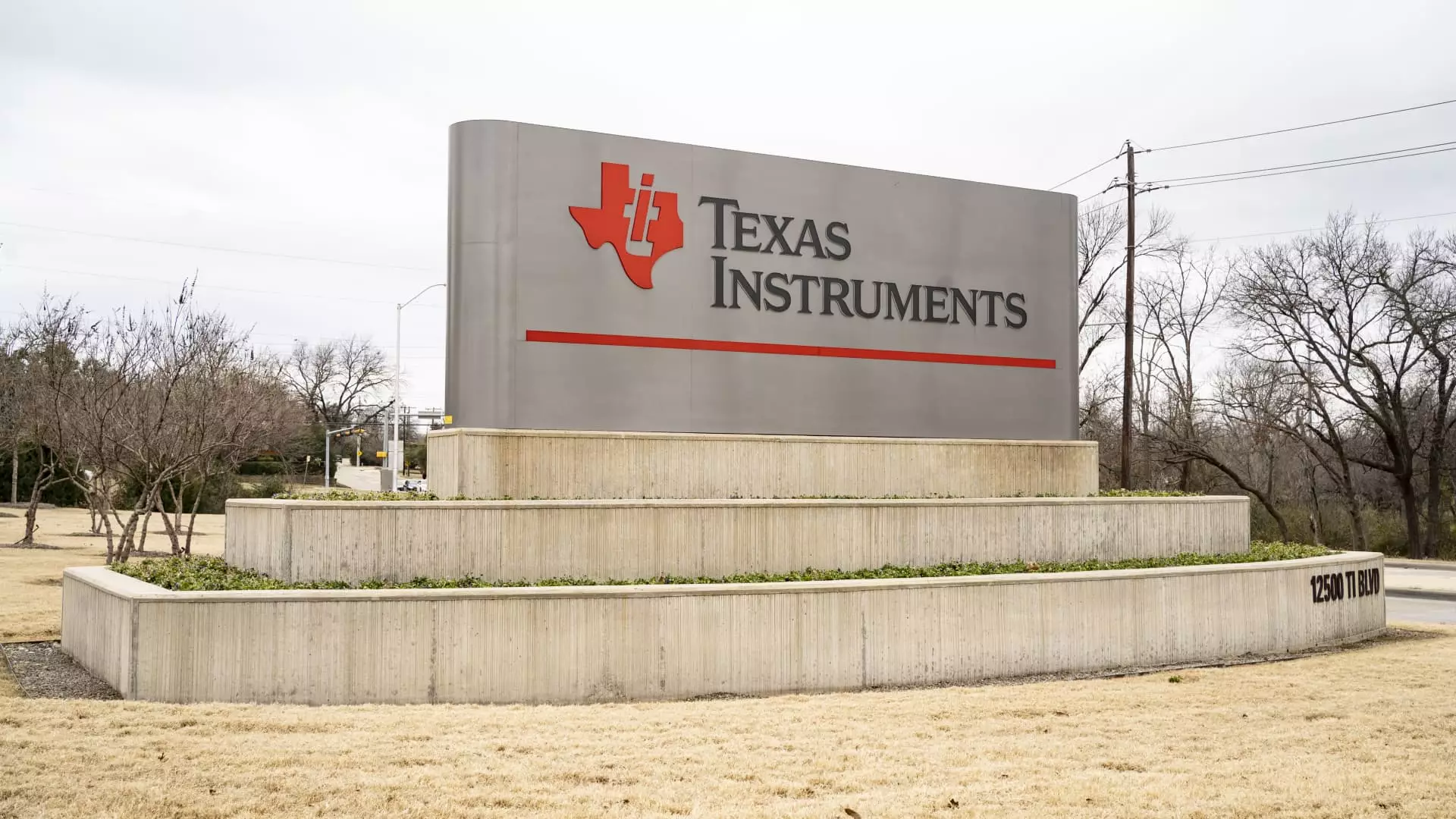In an era where market highs are celebrated as indicators of economic strength, the truth often lurks in the shadows of volatility and geopolitical uncertainties. This year has vividly demonstrated that the relentless pursuit of record-breaking stocks can be a double-edged sword. While markets like the S&P 500 have rebounded sharply from their April lows, those gains are fragile, and the overall landscape remains turbulent. Investors should not be seduced by the illusion of perpetual growth; instead, they ought to prioritize resilience through defensive investment strategies. The recent surge in tariffs and trade tensions exemplifies how geopolitical missteps can trigger swift downswings, with heavy losses crashing through portfolios. This volatile backdrop underscores the importance of holding defensive, income-generating assets that can weather economic storms without losing their footing.
The Case for Defensive Dividends: A Shield in Uncertain Times
Amid unpredictable market conditions, dividend aristocrats—companies with a history of uninterrupted dividend increases over the past 25 years—serve as a cornerstone for conservative investing. These firms have demonstrated resilience and financial stability, making them a reliable shelter when shocks occur. Wolfe Research’s recent analysis emphasizes the strategic value of these stocks, especially during periods of economic slowdown or recession. Their steady income streams act as a buffer, offering not only consistency but also the potential for capital appreciation.
The appeal of dividend aristocrats is further reinforced by the emergence of ‘rising’ dividend growers—companies on the path to joining the elite group. These emerging aristocrats exhibit similar resilience traits but are still forging their reputation. For instance, Duke Energy has consistently increased dividends since 2007, offering a compelling dividend yield of roughly 3.6% and up 9% this year. Its strategic partnership with GE Vernova exemplifies the kind of operational leverages that help maintain dividend growth even amid regulatory and supply chain challenges.
Texas Instruments is another promising contender. Its 21-year streak of dividend hikes, combined with a robust share performance of over 13% in 2025, exemplifies a company that combines stability with growth potential. Notably, TI’s strategic inventory management in light of tariffs and market cyclicality positions it as a resilient choice for cautious investors. The semiconductor sector, often seen as cyclical and volatile, here shows that with sound management and strategic positioning, even specialized tech companies can serve as reliable income sources.
Prudential Financial further exemplifies the defensive approach. Despite facing headwinds such as declining interest rates and market volatility, Prudential’s 17-year streak of dividend increases reflects its capacity to generate consistent income. Its hefty 5% yield may look attractive, but recent earnings downgrades remind investors of the inherent risks, particularly in a volatile interest rate environment. Yet, patience may pay off for those who recognize the long-term value of steady income and diversified financial health.
The Limitations and Risks of a Defensive Stance
While defensive stocks offer a lifeline in turbulent waters, they are not immune to risks. The current market environment presents a paradox: some high-yield investments face downgrades or share price declines, casting doubt on their resilience. For instance, Prudential’s shares dropped nearly 10% in 2025, illustrating that even stalwarts are vulnerable to macroeconomic headwinds.
Furthermore, the wider sentiment on many of these stocks remains neutral at best. Analyst downgrades, fluctuating earnings estimates, and shifting macroeconomic conditions can challenge the perceived stability of defensive stocks. With the Federal Reserve and other global central banks grappling to control inflation while managing interest rates, the dividend-paying sector faces headwinds that could impact future payouts and capital appreciation.
Investors must also be wary of complacency. Relying purely on income yields without considering valuation and underlying fundamentals can lead to perilous prospects. For example, some analysts view certain stocks as overvalued or expect prices to decline further despite their solid dividend history. The danger lies in holding onto defensive stocks for too long, only to find them underperforming or losing their protective qualities when market conditions deteriorate unexpectedly.
The Center-Right Perspective: A Pragmatic Approach to Market Risks
From a center-right wing liberal perspective, safeguarding wealth through steady income and strategic positioning is both a pragmatic and principled approach. It recognizes that markets are inherently cyclical and that risk management is paramount. Rather than chasing after speculative growth or succumbing to herd mentality, investors should focus on companies with proven track records, resilient business models, and prudent management.
The strategy of emphasizing dividend aristocrats and emerging dividend growers underscores a belief in fundamental strength over fleeting market trends. It aligns with a conservative outlook that values stability, predictable income, and cautious optimism. This perspective also suggests that government policies and geopolitical risks necessitate a balanced approach—avoiding excessive exposure to volatile sectors or overleveraged positions that could be wiped out in market downturns.
Adopting a defensive posture does not mean surrendering growth potential but rather integrating it within a framework that tolerates downside risks. It’s about resilience—building a portfolio that can absorb shocks without catastrophic loss. For center-right investors, this is not only a matter of financial prudence but also an expression of a worldview that values stability, responsibility, and long-term sustainability in a turbulent world.
This pragmatic stance also entails actively monitoring macroeconomic signals, adjusting allocations, and maintaining discipline. Amid the current geopolitical tensions—tariffs, supply chain disruptions, and regulatory uncertainties—a defensive, income-oriented strategy offers the best chance for navigating stormy financial seas with confidence. Patience, selective investing, and resilience are the guiding principles for those wary of short-term turbulence but committed to long-term prosperity.


Leave a Reply